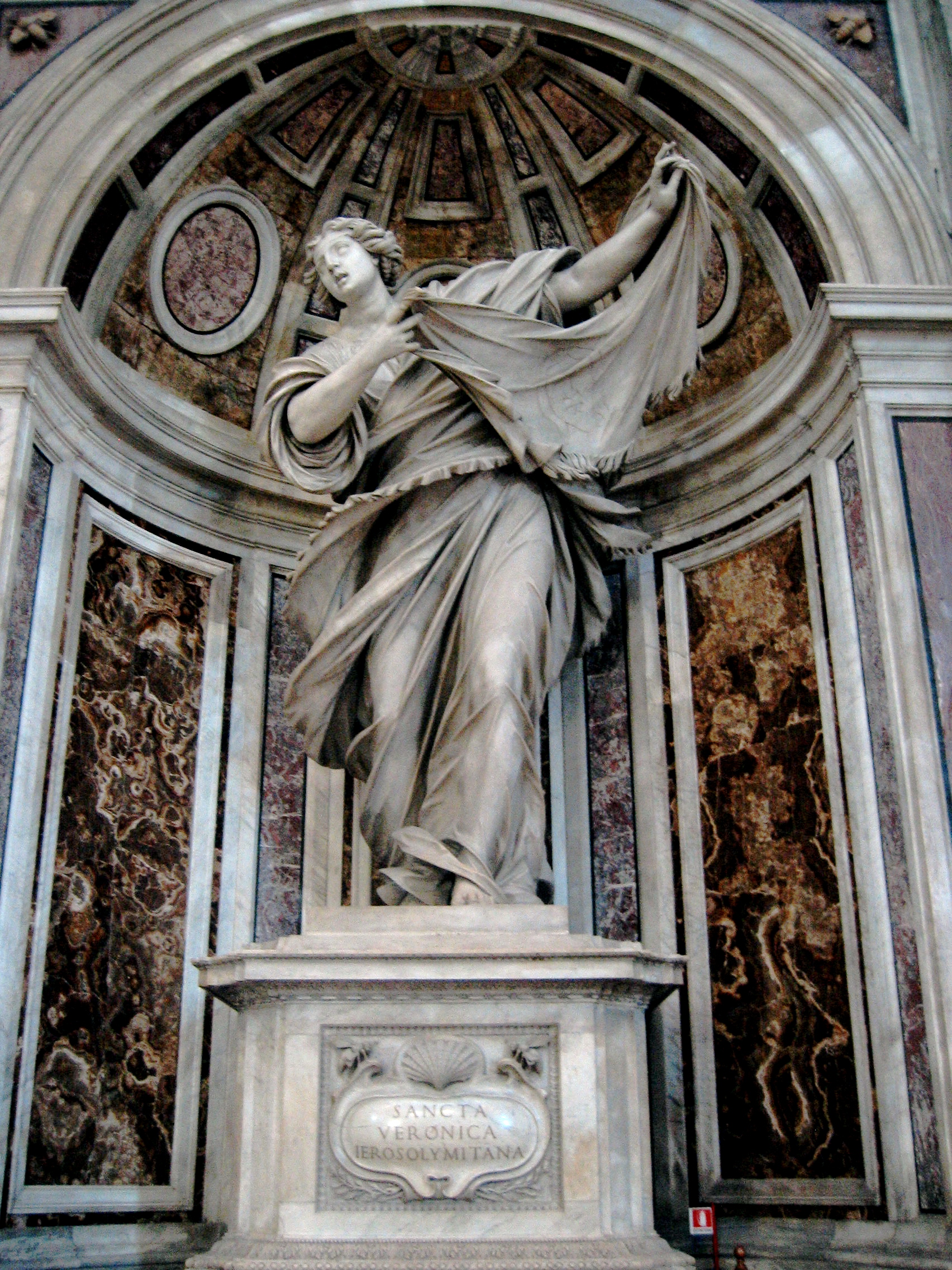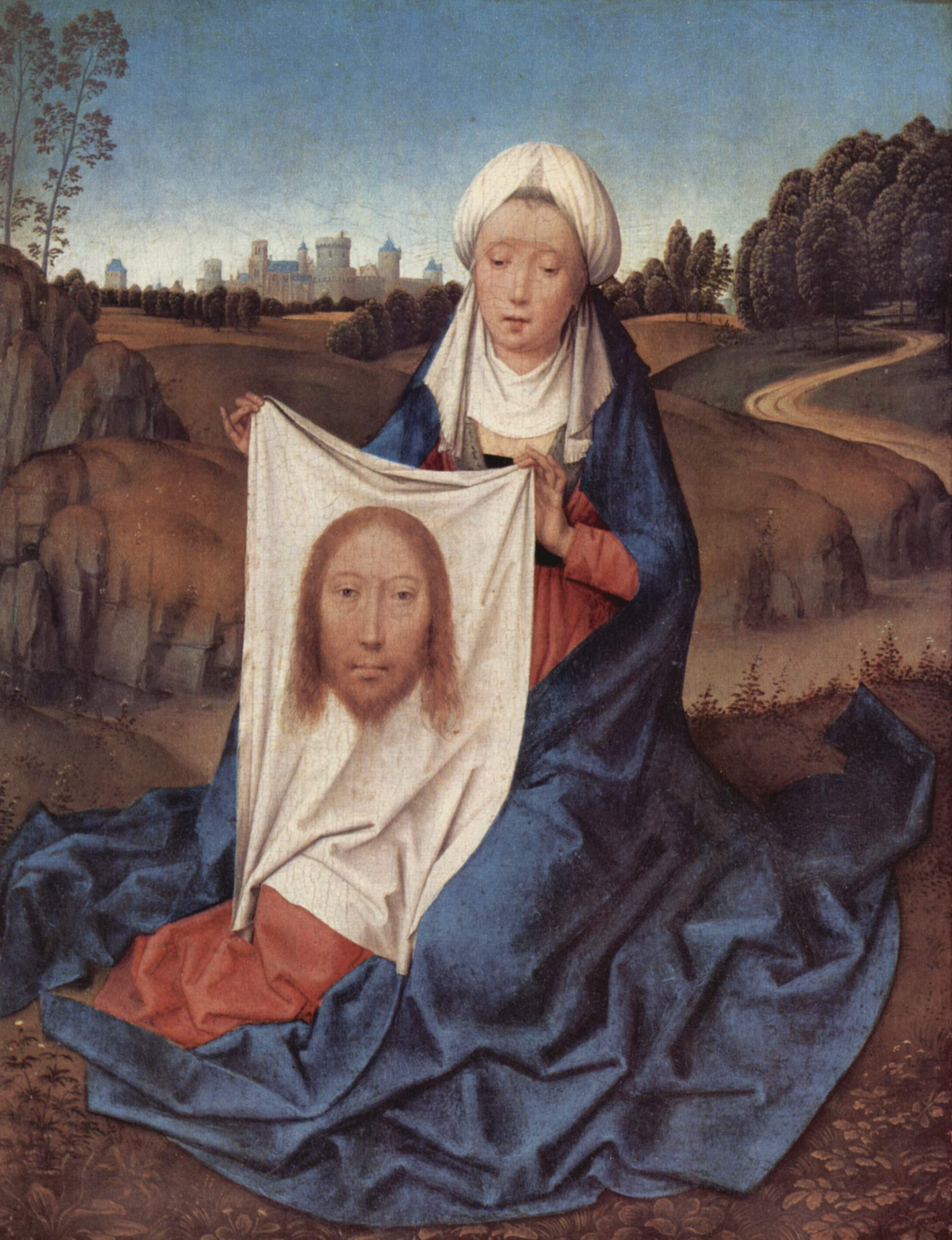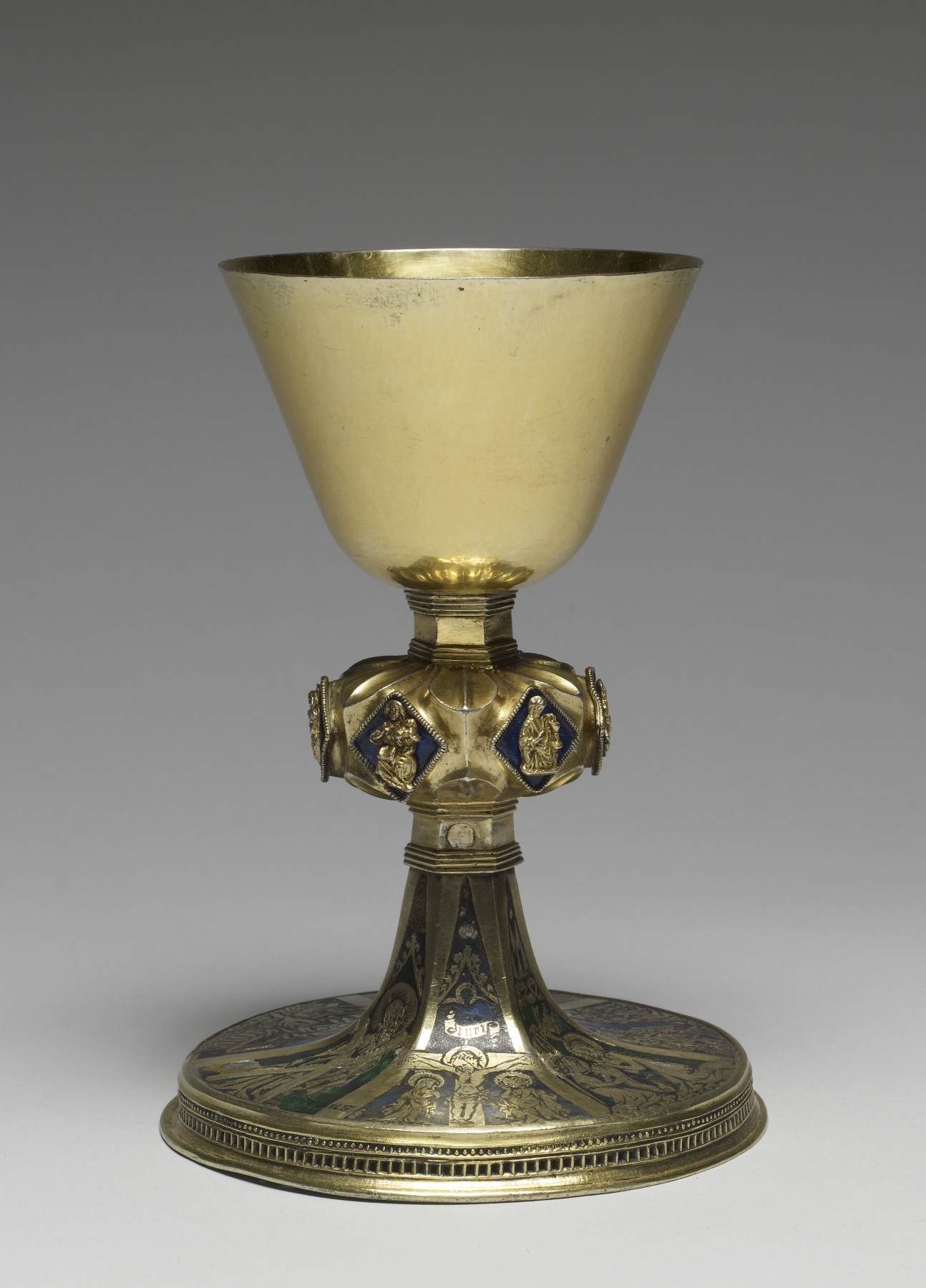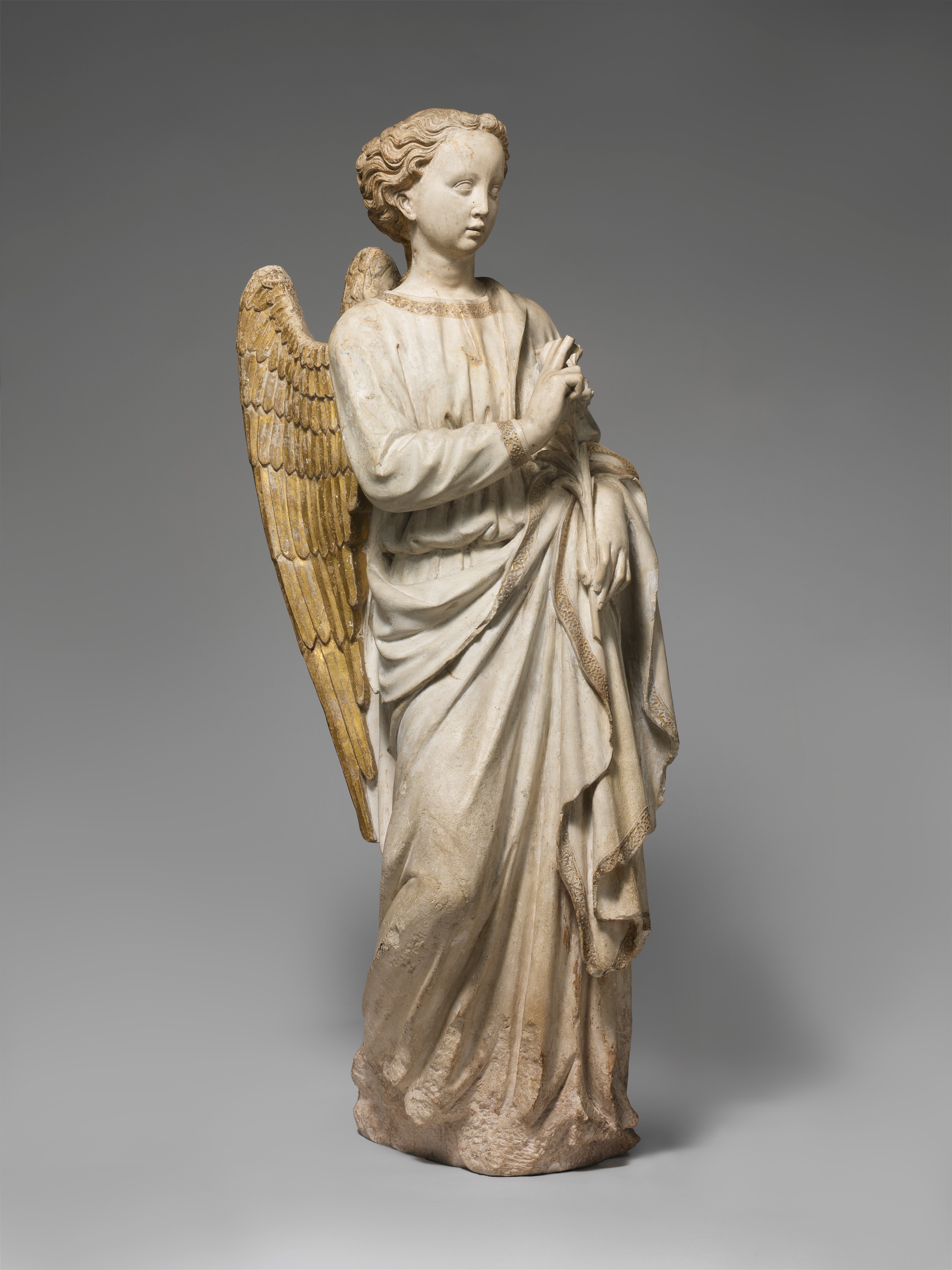|
Nacht Und Träume (play)
''Nacht und Träume'' (''Night and Dreams'') is the last television play written and directed by Samuel Beckett. It was written in English (mid-1982) for the German channel Süddeutscher Rundfunk, recorded in October 1982 and broadcast on 19 May 1983 where it attracted "an audience of two million viewers."Knowlson, J., ''Damned to Fame: The Life of Samuel Beckett'' (London: Bloomsbury, 1996), p 683 The mime artist Helfrid Foron played both parts. It was published by Faber in ''Collected Shorter Plays'' in 1984. Originally entitled ''Nachtstück'' (''Night Piece''), it is a wordless play, the only sound that of a male voice humming, then singing, from the last seven bars of Schubert’s lied '' Nacht und Träume'', words by Matthäus Casimir von Collin: "Holde Träume, kehret wieder!'" ("Sweet dreams, come back"). Schubert was a composer much loved by Beckett – "the composer who spoke most to him … whom he considered a friend in suffering" – and this lied was one of the auth ... [...More Info...] [...Related Items...] OR: [Wikipedia] [Google] [Baidu] |
Samuel Beckett
Samuel Barclay Beckett (; 13 April 1906 – 22 December 1989) was an Irish writer of novels, plays, short stories, and poems. Writing in both English and French, his literary and theatrical work features bleak, impersonal, and Tragicomedy, tragicomic episodes of life, often coupled with black comedy and literary nonsense. A major figure of Irish literature and one of the most influential writers of the 20th century, he is credited with transforming the genre of the modern theatre. Best remembered for his tragicomedy play ''Waiting for Godot'' (1953), he is considered to be one of the last Modernism, modernist writers, and a key figure in what Martin Esslin called the "Theatre of the Absurd." For his lasting literary contributions, Beckett received the 1969 Nobel Prize in Literature, "for his writing, which—in new forms for the novel and drama—in the destitution of modern man acquires its elevation." A resident of Paris for most of his adult life, Beckett wrote in both Frenc ... [...More Info...] [...Related Items...] OR: [Wikipedia] [Google] [Baidu] |
Mary (mother Of Jesus)
Mary was a first-century Jewish woman of Nazareth, the wife of Joseph and the mother of Jesus. She is an important figure of Christianity, venerated under various titles such as virgin or queen, many of them mentioned in the Litany of Loreto. The Eastern and Oriental Orthodox, Catholic, Anglican, Methodist, Reformed, Baptist, and Lutheran churches believe that Mary, as mother of Jesus, is the Mother of God. The Church of the East historically regarded her as Christotokos, a term still used in Assyrian Church of the East liturgy. Other Protestant views on Mary vary, with some holding her to have lesser status. She has the highest position in Islam among all women and is mentioned numerous times in the Quran, including in a chapter named after her.Jestice, Phyllis G. ''Holy people of the world: a cross-cultural encyclopedia, Volume 3''. 2004, , p558 Sayyidana Maryam . She is also revered in the Baháʼí Faith and the Druze Faith. The synoptic Gospels name Mary as the ... [...More Info...] [...Related Items...] OR: [Wikipedia] [Google] [Baidu] |
1983 Television Plays
1983 saw both the official beginning of the Internet and the first mobile cellular telephone call. Events January * January 1 – The migration of the ARPANET to TCP/IP is officially completed (this is considered to be the beginning of the true Internet). * January 6 – Pope John Paul II appoints a bishop over the Czechoslovak exile community, which the ''Rudé právo'' newspaper calls a "provocation." This begins a year-long disagreement between the Czechoslovak Socialist Republic and the Vatican, leading to the eventual restoration of diplomatic relations between the two states. * January 14 – The head of Bangladesh's military dictatorship, Hussain Muhammad Ershad, announces his intentions to "turn Bangladesh into an Islamic state." * January 18 – U.S. Secretary of the Interior James G. Watt makes controversial remarks blaming poor living conditions on Native American reservations on "the failures of socialism." Watt will eventually resign in September after a series o ... [...More Info...] [...Related Items...] OR: [Wikipedia] [Google] [Baidu] |
Truth Value
In logic and mathematics, a truth value, sometimes called a logical value, is a value indicating the relation of a proposition to truth, which in classical logic has only two possible values ('' true'' or '' false''). Truth values are used in computing as well as various types of logic. Computing In some programming languages, any expression can be evaluated in a context that expects a Boolean data type. Typically (though this varies by programming language) expressions like the number zero, the empty string, empty lists, and null are treated as false, and strings with content (like "abc"), other numbers, and objects evaluate to true. Sometimes these classes of expressions are called falsy and truthy. For example, in Lisp, nil, the empty list, is treated as false, and all other values are treated as true. In C, the number 0 or 0.0 is false, and all other values are treated as true. In JavaScript, the empty string (""), null, undefined, NaN, +0, −0 and false are ... [...More Info...] [...Related Items...] OR: [Wikipedia] [Google] [Baidu] |
Film (film)
''Film'' is a 1965 short film written by Samuel Beckett, his only screenplay. It was commissioned by Barney Rosset of Grove Press. Writing began on 5 April 1963 with a first draft completed within four days. A second draft was produced by 22 May and a 40-leaf shooting script followed thereafter. It was filmed in New York City in July 1964. Beckett and Alan Schneider originally wanted Charlie Chaplin, Zero Mostel and Jack MacGowran; however, they eventually did not get involved. Beckett then suggested Buster Keaton.Schneider, A., On Directing Samuel Beckett's Film' Explains Schneider: "During a transatlantic call one day (as I remember) he shattered our desperation over the sudden casting crisis by calmly suggesting Buster Keaton." In print: Schneider, "On Directing ''Film''" (Grove, 1969), 67. James Karen, who was to have a small part in the film, also supported having Keaton.According to Karen, he had urged Schneider to consider the 68-year-old Keaton when MacGowran's sched ... [...More Info...] [...Related Items...] OR: [Wikipedia] [Google] [Baidu] |
George Berkeley
George Berkeley ( ; 12 March 168514 January 1753), known as Bishop Berkeley (Bishop of Cloyne of the Anglican Church of Ireland), was an Anglo-Irish philosopher, writer, and clergyman who is regarded as the founder of "immaterialism", a philosophical theory he developed which was later referred to as "subjective idealism" by others. As a leading figure in the empiricism movement, he was one of the most cited philosophers of Age of Enlightenment, 18th-century Europe, and his works had a profound influence on the views of other thinkers, especially Immanuel Kant and David Hume. Interest in his ideas increased significantly in the United States during the early 19th century, and as a result, the University of California, Berkeley, as well as the city of Berkeley, California, were both named after him. In 1709, Berkeley published his first major work ''s:An Essay Towards a New Theory of Vision, An Essay Towards a New Theory of Vision'', in which he discussed the limitations of huma ... [...More Info...] [...Related Items...] OR: [Wikipedia] [Google] [Baidu] |
Quad (play)
''Quad'' is a television play by Samuel Beckett, written and first produced and broadcast in 1981. It first appeared in print in 1984 (Faber and Faber) where the work is described as " piece for four players, light and percussion" and has also been called a "ballet for four people." It consists of four actors dressed in robes, hunched and silently walking around and diagonally across a square stage in fixed patterns, alternately entering and exiting. Each actor wears a distinct colored robe (white, red, blue, yellow), and is accompanied by a distinct percussion instrument (''leitmotif''). The actors walk in sync (except when entering or exiting), always on one of four rotationally symmetric paths (e.g., when one actor is at a corner, so are all others; when one actor crosses the stage, all do so together, etc.), and never touch – when walking around the stage, they move in the same direction, while when crossing the stage diagonally, where they would touch in the middle, they a ... [...More Info...] [...Related Items...] OR: [Wikipedia] [Google] [Baidu] |
Stations Of The Cross
The Stations of the Cross or the Way of the Cross, also known as the Via Dolorosa, Way of Sorrows or the , are a series of fourteen images depicting Jesus in Christianity, Jesus Christ on the day of Crucifixion of Jesus, his crucifixion and accompanying prayers, These stations are derived from the imitations of the in Jerusalem, Palestine, which is a traditional processional route symbolizing the path Jesus walked from Lions' Gate to Mount Calvary. The objective of the stations is to help the Christian faithful to make a spiritual Christian pilgrimage, pilgrimage through contemplation of the Passion (Christianity), Passion of Christ. It has become one of the most popular devotions and the stations can be found in many Western Christian churches, including those in the Roman Catholic, Lutheran, Anglican, and Methodist traditions. Commonly, a series of 14 images will be arranged in numbered order along a path, along which worshippers—individually or in a procession—move in or ... [...More Info...] [...Related Items...] OR: [Wikipedia] [Google] [Baidu] |
Saint Veronica
Saint Veronica, also known as ''Berenike'', was a widow from Jerusalem who lived in the 1st century AD, according to extra-biblical Christian traditions. Apocryphal texts relate how Veronica was moved with sympathy seeing Jesus carrying the cross to Calvary and gave him her veil so that he could wipe his forehead. Jesus accepted the offer, and when he returned the veil the image of his face was miraculously captured on it. The resulting relic became known as the Veil of Veronica. The story of Veronica is celebrated in the sixth Station of the Cross in Anglican, Catholic, and Western Orthodox churches. A celebrated saint in many pious Christian countries, the 17th-century ''Acta Sanctorum'' published by the Bollandists listed her feast under July 12, but the German Jesuit scholar Joseph Braun cited her commemoration in ''Festi Marianni'' on January 13. Background There is no reference to the story of Veronica and her veil in the canonical gospels. The closest is ... [...More Info...] [...Related Items...] OR: [Wikipedia] [Google] [Baidu] |
Veil Of Veronica
The Veil of Veronica, or (Latin for sweat-cloth), also known as the Vernicle, the Veronica and the Holy Face, is a Christian relic consisting of a piece of cloth said to bear an image of the Holy Face of Jesus produced by other than human means (an '' acheiropoieton'', "made without hand"). Various existing images have been claimed to be the original relic, as well as early copies of it; representations of it are also known as vernicles. The story of the image's origin is related to the sixth Station of the Cross, wherein Saint Veronica, encountering Jesus along the Via Dolorosa to Calvary, wipes the blood and sweat from his face with her veil. According to some versions, St. Veronica later traveled to Rome to present the cloth to the Roman Emperor Tiberius. The veil has been said to quench thirst, cure blindness, and even raise the dead. The first written account of the story is from the Middle Ages, and during the 14th century, the veil became a central icon in the West ... [...More Info...] [...Related Items...] OR: [Wikipedia] [Google] [Baidu] |
Chalice (cup)
A chalice (from Latin 'cup', taken from the Ancient Greek () 'cup') is a drinking cup raised on a stem with a foot or base. Although it is a technical archaeological term, in modern parlance the word is now used almost exclusively for the cups used in Christian liturgy as part of a service of the Eucharist, such as a Catholic mass. These are normally made of metal, but neither the shape nor the material is a requirement. Most have no handles, and in recent centuries the cup at the top has usually been a simple flared shape. Historically, the same shape was used for elite secular vessels, and many individual examples have served both secular and liturgical uses over their history, for example the Lacock Cup and Royal Gold Cup, both late medieval cups. Cups owned by churches were much more likely to survive, as secular drinkware in precious metal was usually melted down when it fell out of fashion. The same general cup shape is also called a goblet (from Old French , dimi ... [...More Info...] [...Related Items...] OR: [Wikipedia] [Google] [Baidu] |
Angel
An angel is a spiritual (without a physical body), heavenly, or supernatural being, usually humanoid with bird-like wings, often depicted as a messenger or intermediary between God (the transcendent) and humanity (the profane) in various traditions like the Abrahamic religions. Other roles include protectors and guides for humans, such as guardian angels and servants of God. In Western belief-systems the term is often used to distinguish benevolent from malevolent intermediary beings. Emphasizing the distance between God and mankind, revelation-based belief-systems require angels to bridge the gap between the earthly and the transcendent realm. Angels play a lesser role in monistic belief-systems, since the gap is non-existent. However, angelic beings might be conceived as aid to achieve a proper relationship with the divine. Abrahamic religions describe angelic hierarchies, which vary by religion and sect. Some angels have specific names (such as Gabriel or Mich ... [...More Info...] [...Related Items...] OR: [Wikipedia] [Google] [Baidu] |






